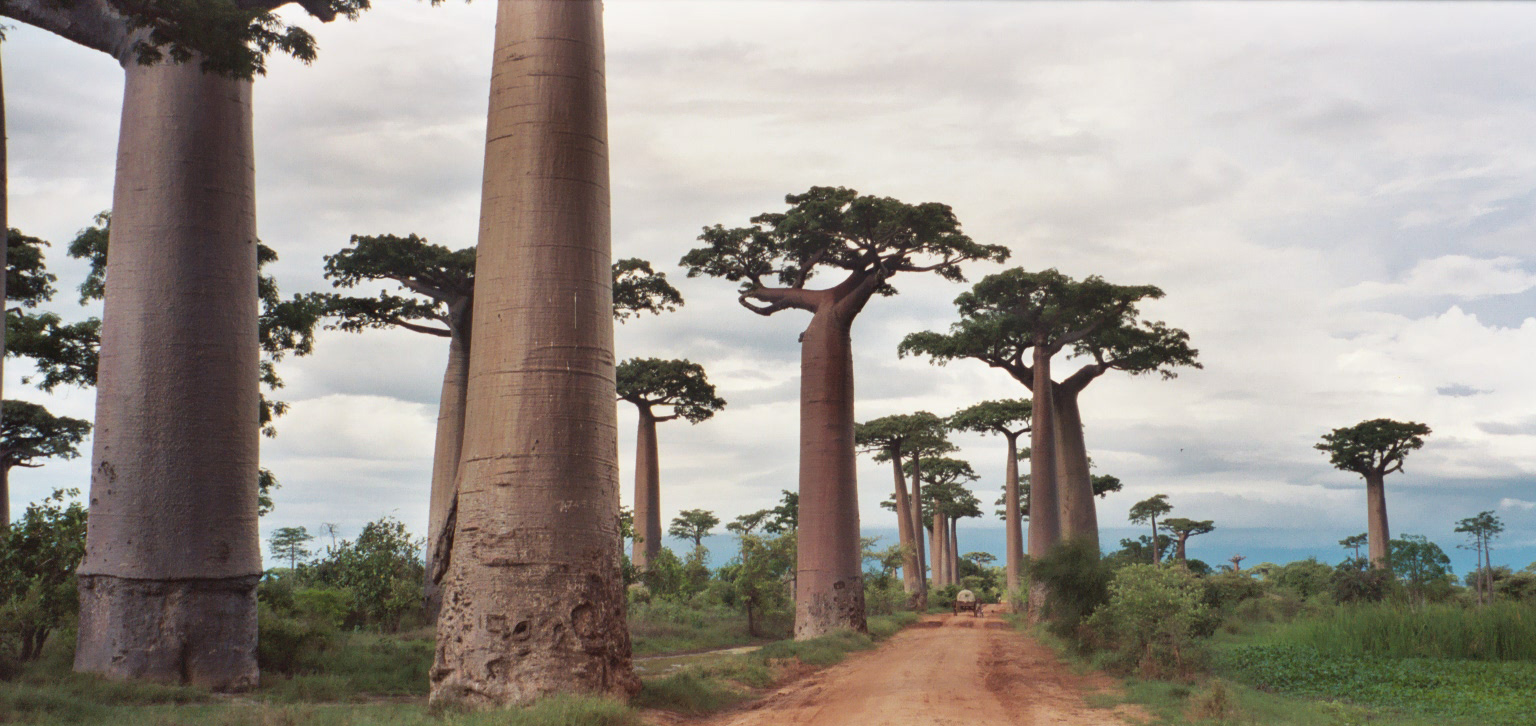
Avenue of baobabs (Adansonia grandidieri) near Morondava, Madagascar.
Pat Hooper, CC BY-SA 2.0, via Wikimedia Commons
Plant Conservation in Madagascar
An interview with Heidi H. Schmidt, Missouri Botanical Garden
By Gayil Nalls
Sign up for our monthly newsletter!
Madagascar, often called the “eighth continent” for its extraordinary biodiversity, harbors plants found nowhere else on Earth. Yet this ecological treasure is also one of the most threatened places on the planet. With forests cleared for agriculture, fires sweeping fragile landscapes, and climate change amplifying the intensity of cyclones and droughts, the island’s flora faces mounting pressures.
Aromatic plants contribute significantly to the botanical richness of Madagascar, with many species occupying distinct ecological niches across the island’s diverse landscapes. The ylang-ylang (Cananga odorata), a fast-growing evergreen tree of the Annonaceae family, flourishes in humid lowland forests and coastal regions. Its highly fragrant flowers, which open at dusk, are specialized to attract nocturnal pollinators such as moths. It is widely cultivated across the Indian Ocean region (Madagascar, Comoros, Réunion), but wild populations are under pressure from habitat loss due to deforestation in lowland humid forests. Cultivation has created stable populations outside of native ranges, but this masks the vulnerability of native stands.
Other emblematic aromatic plants include Cinnamosma fragrans (known locally as Saro), whose spicy-scented bark and leaves have long been valued for medicinal uses. This Malagasy endemic is heavily exploited for its essential oil and traditional medicine. Overharvesting of bark and leaves, combined with habitat degradation from slash-and-burn agriculture, threatens wild populations. Sustainable management initiatives exist but are unevenly enforced.
Ravensara aromatica, a canopy tree whose essential oil is noted for antiviral and stress-relieving properties. Native only to Madagascar, this canopy tree is restricted to eastern rainforests, which are under severe pressure from deforestation. Demand for its aromatic oil has increased harvest pressure, especially on wild trees, raising concerns about population decline.
Equally distinctive is the highly fragrant Madagascar jasmine (Stephanotis floribunda), a vigorous climber with waxy, white blossoms adapted to insect pollination and widely cultivated as an ornamental species. Although common in gardens, its wild populations are more restricted to Madagascar’s forests, which are shrinking. Its ecological dependence on specific insect pollinators could become a concern under climate change and habitat loss.
Together, these species and others illustrate the remarkable ecological adaptability and vulnerability of Madagascar’s aromatic flora in the face of climate change. From moisture-dependent forest specialists to drought- and disturbance-tolerant taxa, they not only enhance the island’s dynamic vegetation mosaic but also sustain cultural practices, ecological networks, and global appreciation of Madagascar’s unique plant heritage.
At the Missouri Botanical Garden (MOBOT), Heidi H. Schmidt, Department of Africa & Madagascar, works at the intersection of taxonomy, field research, and conservation planning to confront these challenges. Through her efforts to revise plant classifications, conduct IUCN Red List assessments, and map conservation priorities, she provides the scientific foundation needed to guide policies and on-the-ground action. In the conversation below, Schmidt reflects on the obstacles to safeguarding Madagascar’s unique plant life, the role of taxonomy in shaping conservation strategies, and the urgent need for collaborative partnerships to protect the island’s irreplaceable botanical heritage.
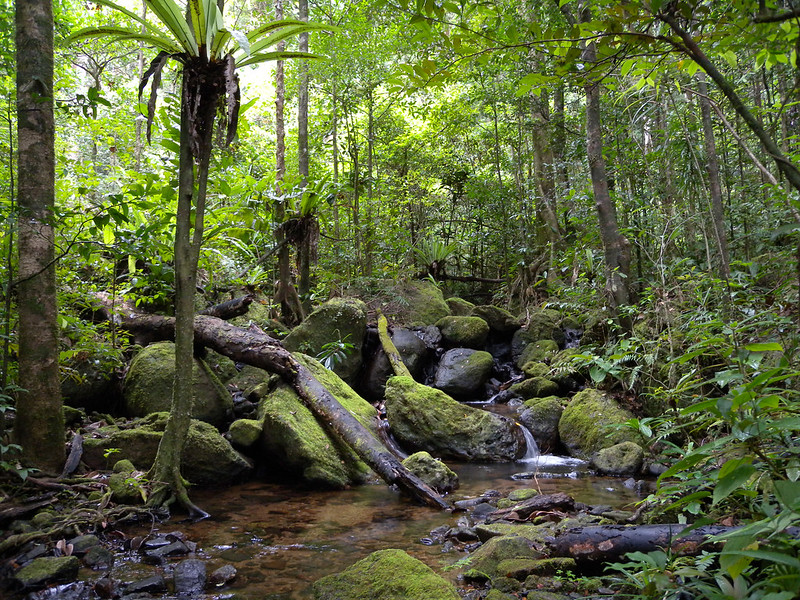
Gayil Nalls: Madagascar is known for its exceptional plant endemism, but also for severe threats—what are the biggest obstacles you face in assessing and protecting its flora?
Heidi Schmidt: One of the biggest threats to assessing and protecting the unique flora of Madagascar is the lack of baseline data. Critical information, such as range, population size, recruitment, and generation time, is urgently needed to properly assess the extinction risk for much of Madagascar’s flora. To address these gaps in baseline data, exploration and field work are in constant demand for all areas of Madagascar. Severe threats to the flora include natural and human-induced disasters, such as cyclones, fires, land clearing for agriculture/grazing, and growing human population pressures, all of which are exacerbated by climate change and the unpredictability of climate events in recent years. As with many obstacles and threats, insufficient funding is also a contributing factor to the challenges of assessing and protecting the flora. To increase our knowledge and data, greater investment is essential for the activities mentioned earlier; exploration and field work, as well as funding for mitigating the devastating effects of the natural and human-induced disasters.
GN: How do your taxonomic revisions and IUCN Red List assessments directly influence conservation planning on the island?
HS: Taxonomic revisions inform risk of extinction assessments by gathering data and information on species diversity and variability, as well as species distribution, rarity, phenology, habitat, population, and other factors. Current revisions are greatly needed to inform IUCN Red List assessments and are part of the foundation for understanding species risk of extinction. These assessments are used by governmental and non-governmental agencies to aid in conservation planning on large scales, such as the designation of national protected areas, as well as small scales, such as establishing target species to grow in nurseries and make available for restoration and conservation efforts. Many governing and planning entities rely on the science behind the Red List assessments to guide discussions and decision-making on key biodiversity conservation practices and policies that address these important goals, as well as how to mitigate and reduce known threats and other challenges facing Madagascar’s unique flora.
GN: Based on your work mapping priority conservation areas, where do you see the most urgent need for protection in Madagascar, and what partnerships could make that possible?
HS: One of the most productive partnerships is that with the government and the people of Madagascar. Partnering with the in-country expertise and knowledge base is of utmost importance to define areas of high-priority conservation and to work toward the goals of conserving and enhancing biodiversity across the island. The success of any endeavor relies on the cooperation of many partners, from the educators in the classrooms and villages to the scientists in the field to the policymakers in the capital. These partnerships will directly impact future generations. Madagascar is truly a unique biodiversity hotspot, one which cannot be duplicated or recreated, so time is of the essence; we all must work together and share our strengths and understand our weaknesses to help alleviate the loss of crucial biodiversity and protect these unique and irreplaceable habitats.
For more information, read the WS/C Madagascar Country page.
Gayil Nalls, PhD, is the founder of the World Sensorium Conservancy.
Plantings
Issue 52 – October 2025
Also in this issue:
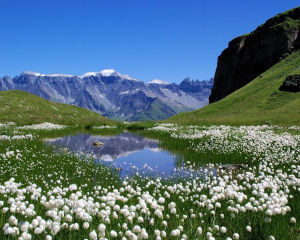
Dr. Robbie Hart on Himalayan Alpine Plants, Climate Change, and Ethnobotany
By Gayil Nalls
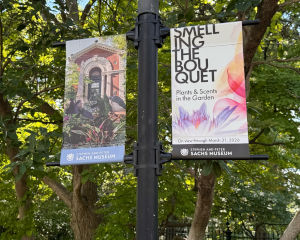
The Living Language of Scent: An Exploration of Perfume Plants and Cultural Memory
By Nezka Pfeifer
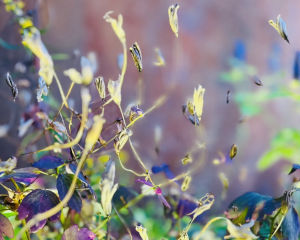
What if AI worked like a forest?
By Willow Gatewood
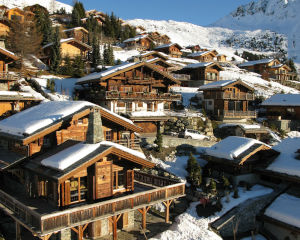
The Unsteady Future of Alpine Tourism
By Caterina Gandolfi
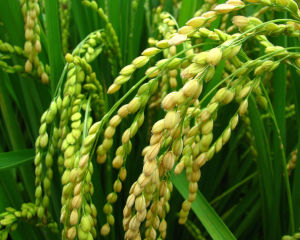
Climate Change, Arsenic, and Rice: Dr. Lewis Ziska on the Future of a Global Staple
By Gayil Nalls
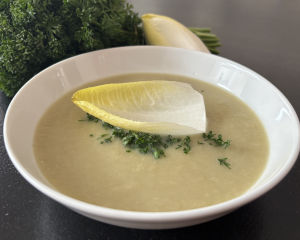
Eat More Plants Recipes:
Belgian Endive Soup: Le potage de chicons
By Frank Léglise
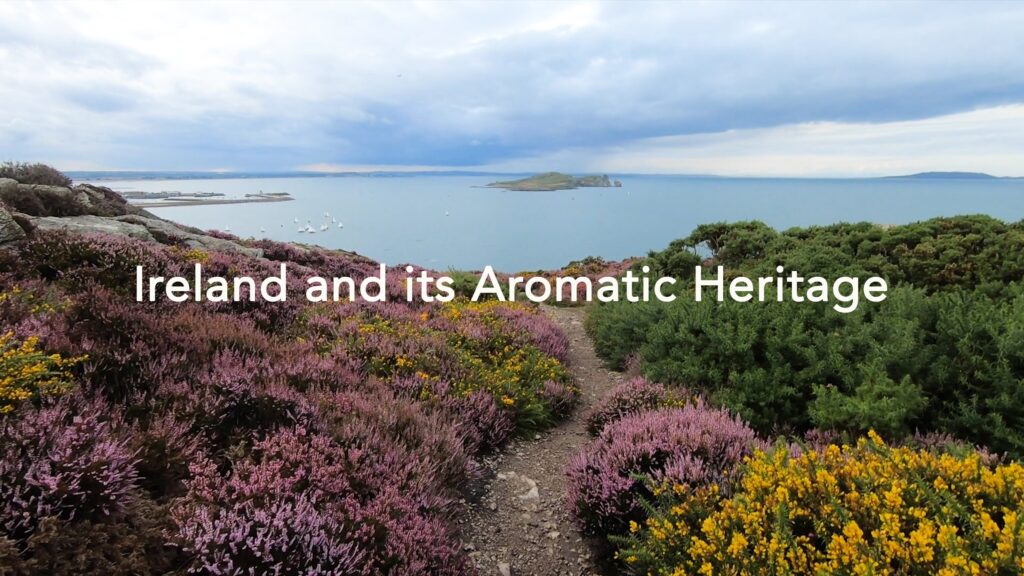
As Ireland transitions from the rich, smoky scent of peat-burning to a more sustainable future, its olfactory heritage is evolving. What will become the next iconic aromatic symbol of Ireland?
Click to watch the documentary trailer.

